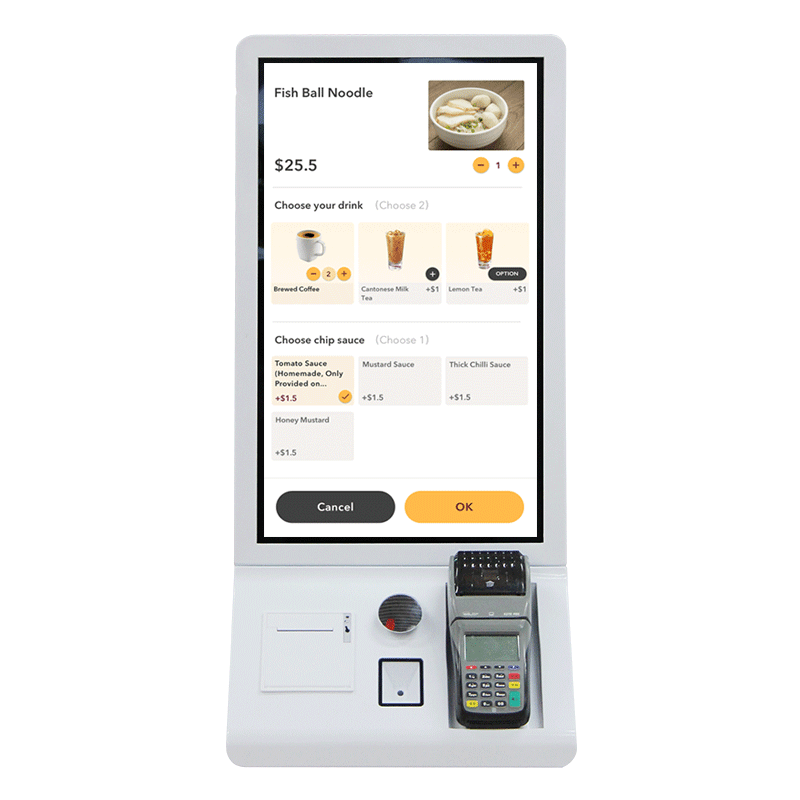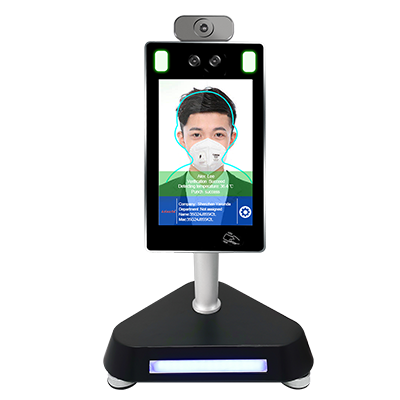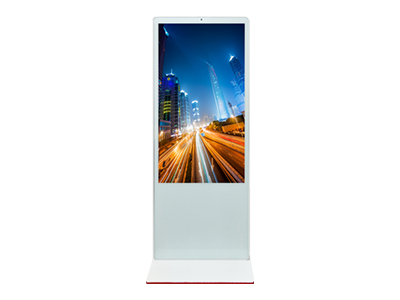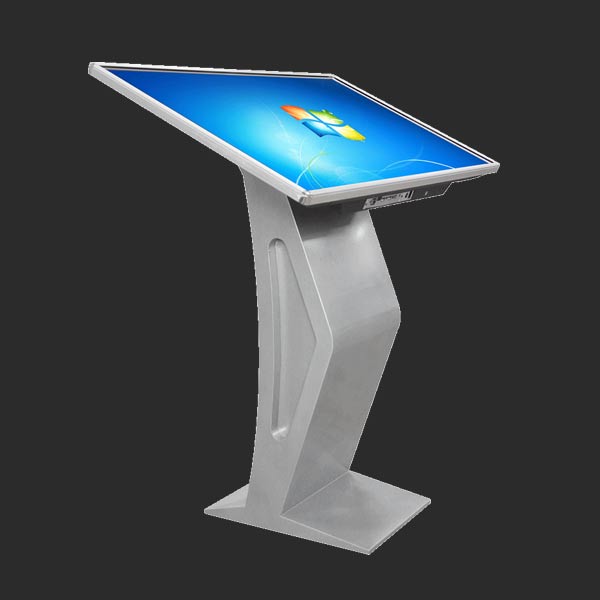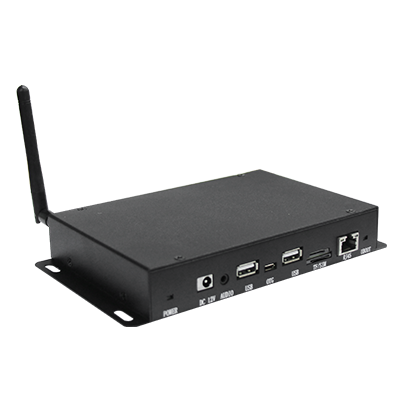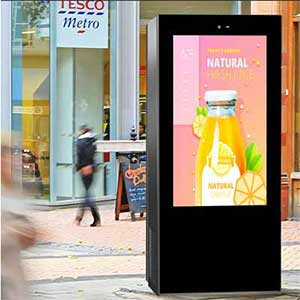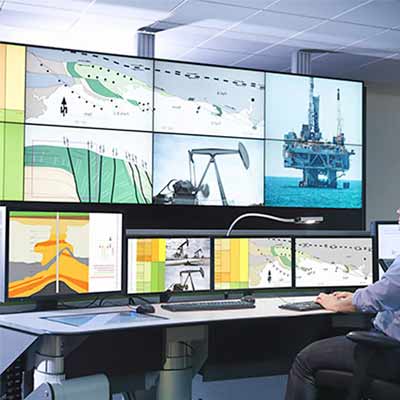What is interactive digital signage?
Published:2024-03-04Views:1806

Interactive digital signage refers to a professional audio-visual touch system that releases business, financial, entertainment and other multimedia information through large-screen terminal display devices in public places, such as commercial shopping malls, airports, hotel lobbies, etc.
Interactive digital signage can not only publish and promote information, but also interact with users to query required information. In addition, interactive digital signage is also a new media concept and is regarded as the "fifth media", alongside paper media, radio, television and the Internet.
1. Innovation in interactive digital signage
Technological innovation: With the continuous development of technology, interactive digital signage is also constantly innovating in technology. For example, the continuous upgrading of touch screen technology allows users to obtain a smoother and more natural interactive experience; the application of virtual reality (VR) and augmented reality (AR) technology allows users to immerse themselves in richer and more realistic advertising scenes; artificial The application of intelligent (AI) technology can achieve more intelligent advertising recommendations and content customization.
Content innovation: The content of interactive digital signage is also constantly innovating. By combining various multimedia elements, such as text, images, videos, audio, etc., you can create more vivid and interesting advertising content. At the same time, through personalized content customization and recommendations, it can also meet the needs and preferences of different users and improve the pertinence and effectiveness of advertising.
Form innovation: The form of interactive digital signage is also constantly innovating. In addition to traditional installation methods such as vertical and wall-mounted, there are now various forms such as interactive desktops, interactive walls, and interactive floors. These innovative forms can not only attract users' attention, but also provide a richer interactive experience.
Application scenario innovation: The application scenarios of interactive digital signage are also constantly expanding. In addition to traditional commercial shopping malls, airports, museums and other places, there are now many application scenarios such as restaurants, cafes, and movie theaters. These innovative application scenarios can allow interactive digital signage to better integrate into people's lives and provide more convenient and efficient services.

2. Advantages of interactive digital signage
Attract attention: Interactive digital signage has the ability to attract users' attention and stimulate their curiosity through its unique interactive features such as touch screens, gesture recognition, voice recognition, etc. This interactivity and fun makes ads and messages more eye-catching, increasing user engagement and retention.
Improve user engagement: Interactive digital signage allows users to interact with advertising content, such as swiping the screen, clicking buttons, issuing voice commands, etc. This sense of engagement makes users feel more engaged and involved, thereby enhancing the memorability and impact of the ad.
Personalized experience: Interactive digital signage can customize advertising content based on user preferences and behaviors, and provide personalized recommendations and services. This personalized experience not only improves user satisfaction, but also increases advertising effectiveness and conversion rates.
Versatility: Interactive digital signage can not only display static text and images, but also play videos, display animations, provide navigation services, etc. This versatility makes it an indispensable part of the business environment, meeting the needs and expectations of different users.
Data analysis and tracking: Interactive digital signs usually have data analysis and tracking functions, which can collect user interaction data and behavioral information. This data is important for uating advertising effectiveness, optimizing marketing strategies, and making business decisions.
Enhance brand image: Interactive digital signage can enhance brand image and awareness through innovative interactive experiences and personalized services. This high-tech, modern display method helps shape the brand's image and reputation, attracting more customers and consumers.

3. Implementation plan of interactive digital signage
Demand analysis: First, clarify the application scenarios and target audiences of interactive digital signage, such as commercial shopping malls, airports, museums, etc. Understand your audience’s needs and preferences, as well as the message and purpose you want to convey through interactive digital signage.
Hardware selection: Choose appropriate interactive digital signage hardware according to your needs, including displays, touch screens, sound systems, etc. Ensure that the hardware has high resolution, high brightness, and good stability to provide a good user experience.
Software development: Develop interactive digital signage software systems, including user interface design, interactive function implementation, data analysis and tracking, etc. The user interface design must be concise, clear and easy to operate; the interactive functions must be smooth and natural and in line with user habits; data analysis and tracking must be able to collect user data and behavioral information to provide support for optimizing advertising content and marketing strategies.
Content production: According to the target audience and communication purpose, produce content suitable for interactive digital signage, including pictures, videos, animations, etc. The content should be attractive and interesting, and be able to arouse users' interest and attention.
Deployment and installation: Deploy and install the selected hardware and software systems to ensure that the interactive digital signage can operate stably and display content. Pay attention to security and stability during deployment and installation to ensure that there will be no adverse effects on users and the environment.
Maintenance and s: Regularly maintain and interactive digital signage, including hardware inspections, software upgrades, content s, etc. Ensure equipment is always in good working order and content and features are d in a timely manner to keep users interested and engaged.
Evaluation and Optimization: Evaluate the effectiveness and impact of interactive digital signage by collecting and analyzing user data and behavioral information. Optimize and improve based on the uation results to improve advertising effectiveness and user experience.

4. Development trends of interactive digital signage
Technology continues to advance: As technology continues to develop, the technology used in interactive digital signage will also continue to advance. For example, we can expect more advanced, more natural touchscreen technology, as well as more mature virtual reality (VR) and augmented reality (AR) technologies. In addition, the further application of technologies such as artificial intelligence (AI) and machine learning will also promote the intelligent and personalized development of interactive digital signage.
Richer and more personalized content: The content of interactive digital signage will become richer and more personalized. Through deep learning and user behavior analysis, interactive digital signage can more accurately understand user needs, thereby providing more precise and personalized advertising content. At the same time, with the popularization of new generation communication technologies such as 5G, interactive digital signage can also display higher-definition and smoother video and image content.
Further expansion of application scenarios: The application scenarios of interactive digital signage will also be further expanded. In addition to traditional commerce, education, entertainment and other fields, we can also expect to see more applications of interactive digital signage in medical, transportation, public services and other fields. In addition, with the popularization of Internet of Things (IoT) technology, interactive digital signage can also connect and interact with more smart devices, thereby providing users with more convenient and efficient services.
Intelligent management and maintenance: With the development of technologies such as the Internet of Things and cloud computing, the management and maintenance of interactive digital signage will also become more intelligent. For example, through remote monitoring and diagnosis, equipment faults can be discovered and resolved in time; through data analysis and prediction, equipment operation and maintenance strategies can be optimized to improve equipment reliability and service life.

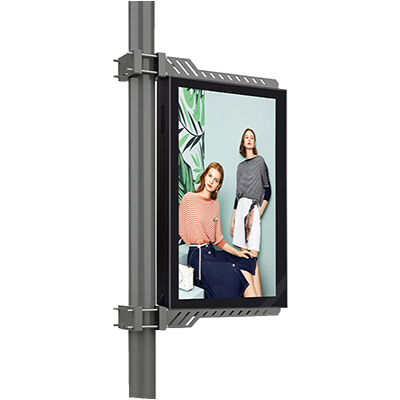


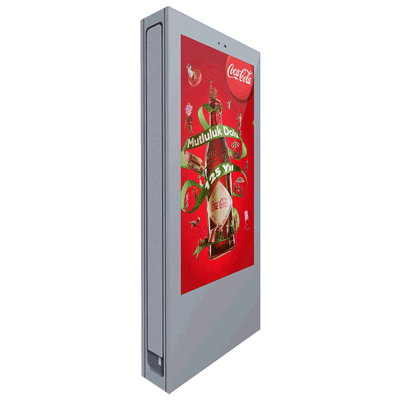




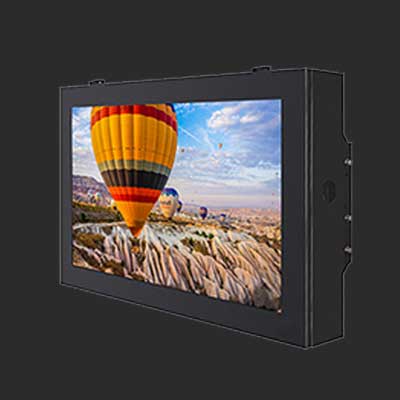
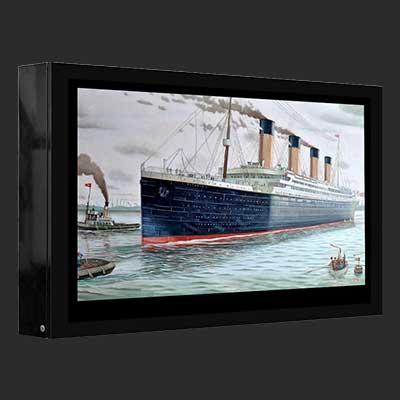
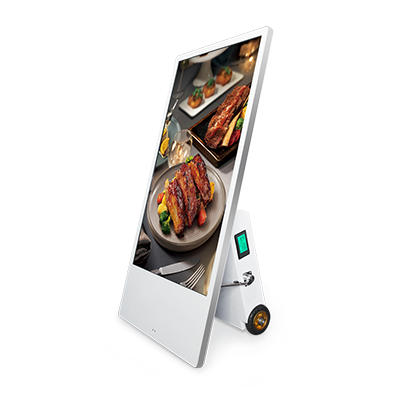







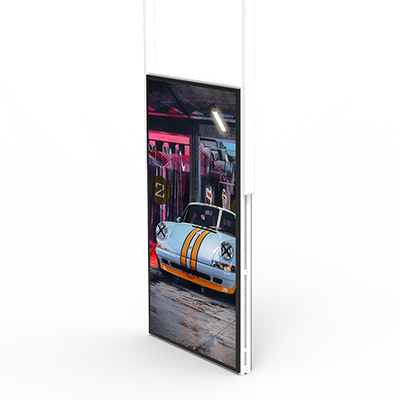



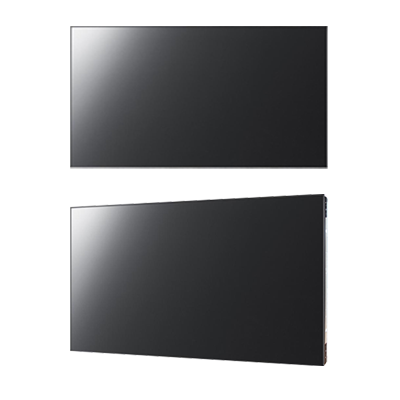


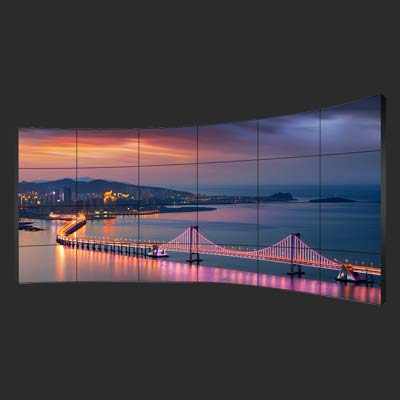

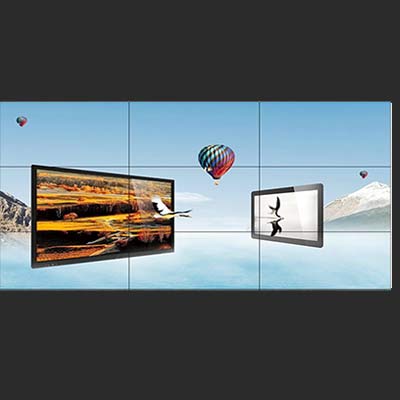
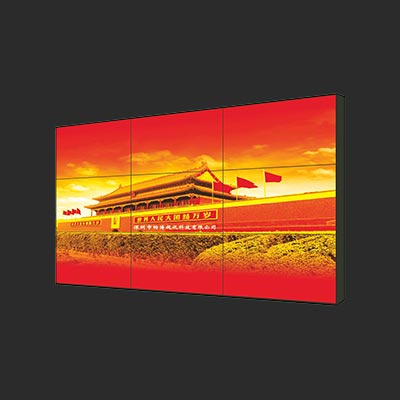


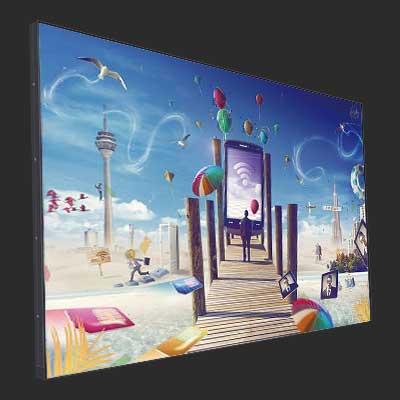









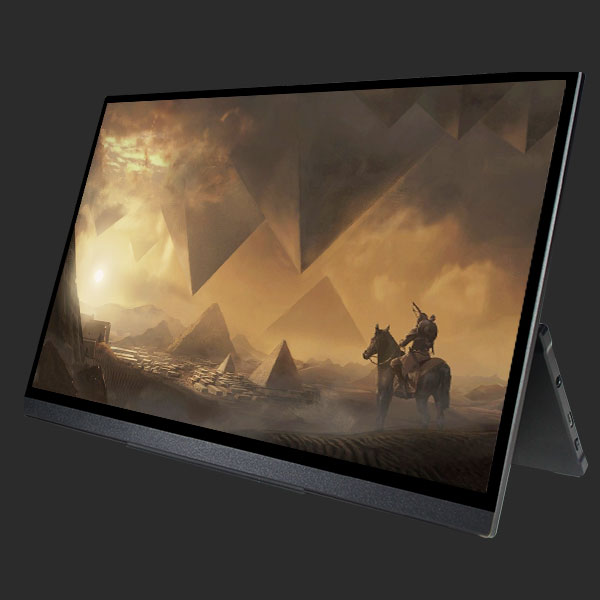
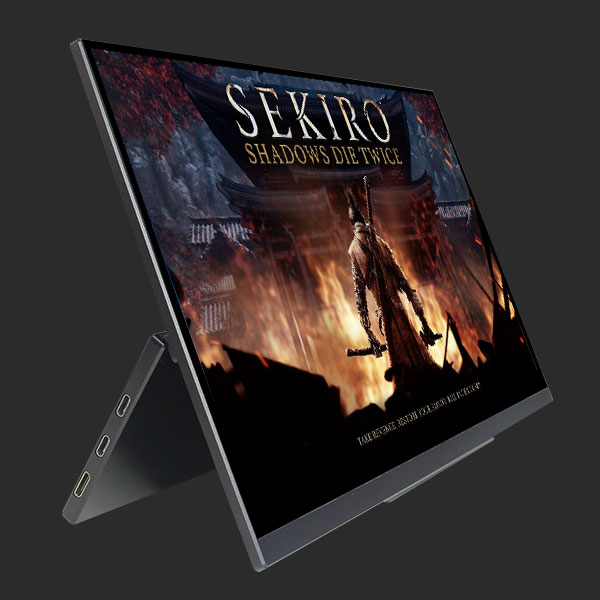


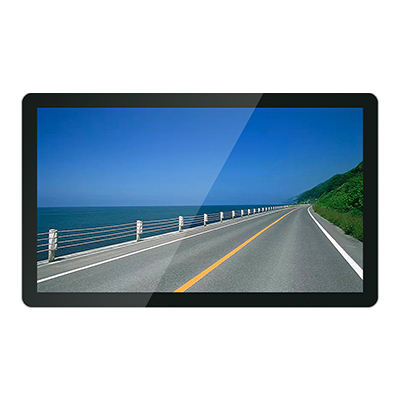
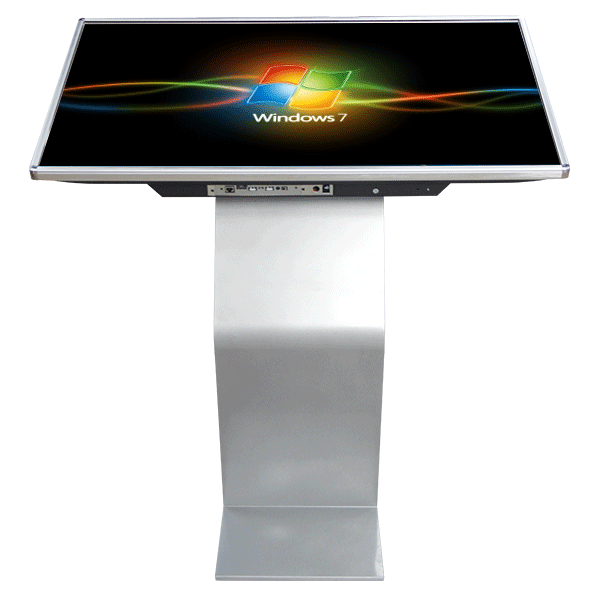
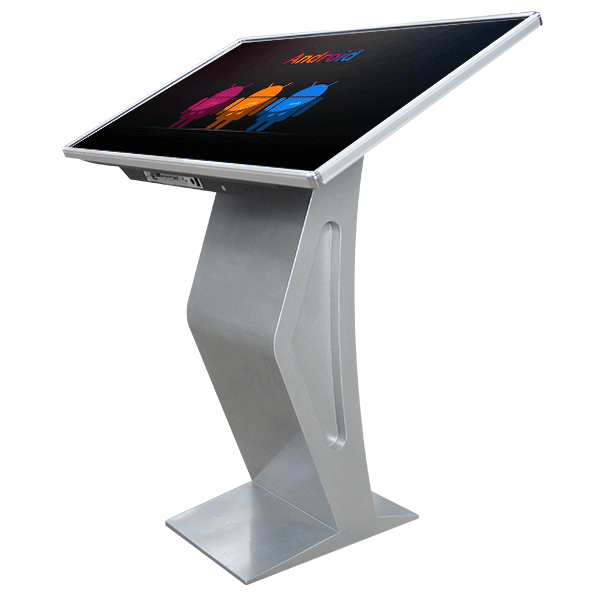
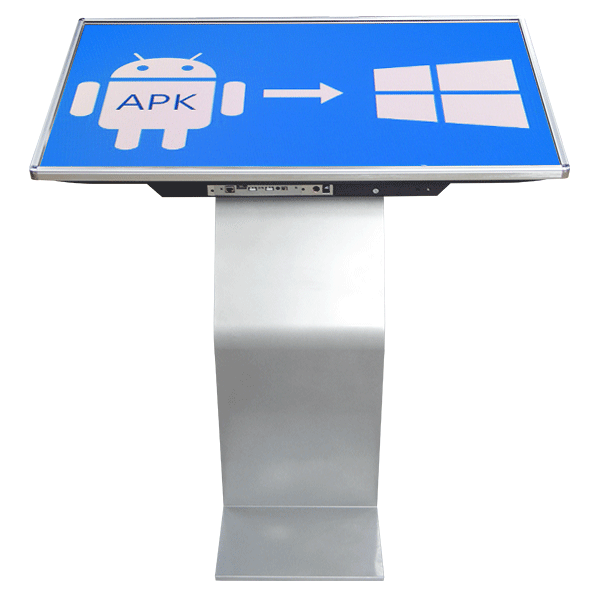
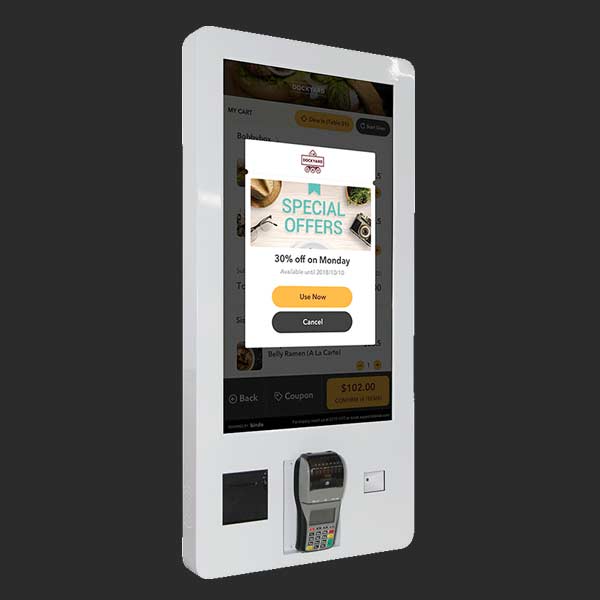
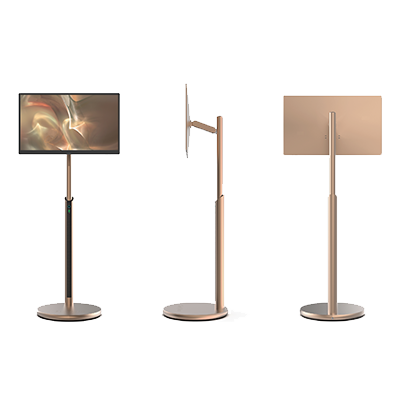




.png)



